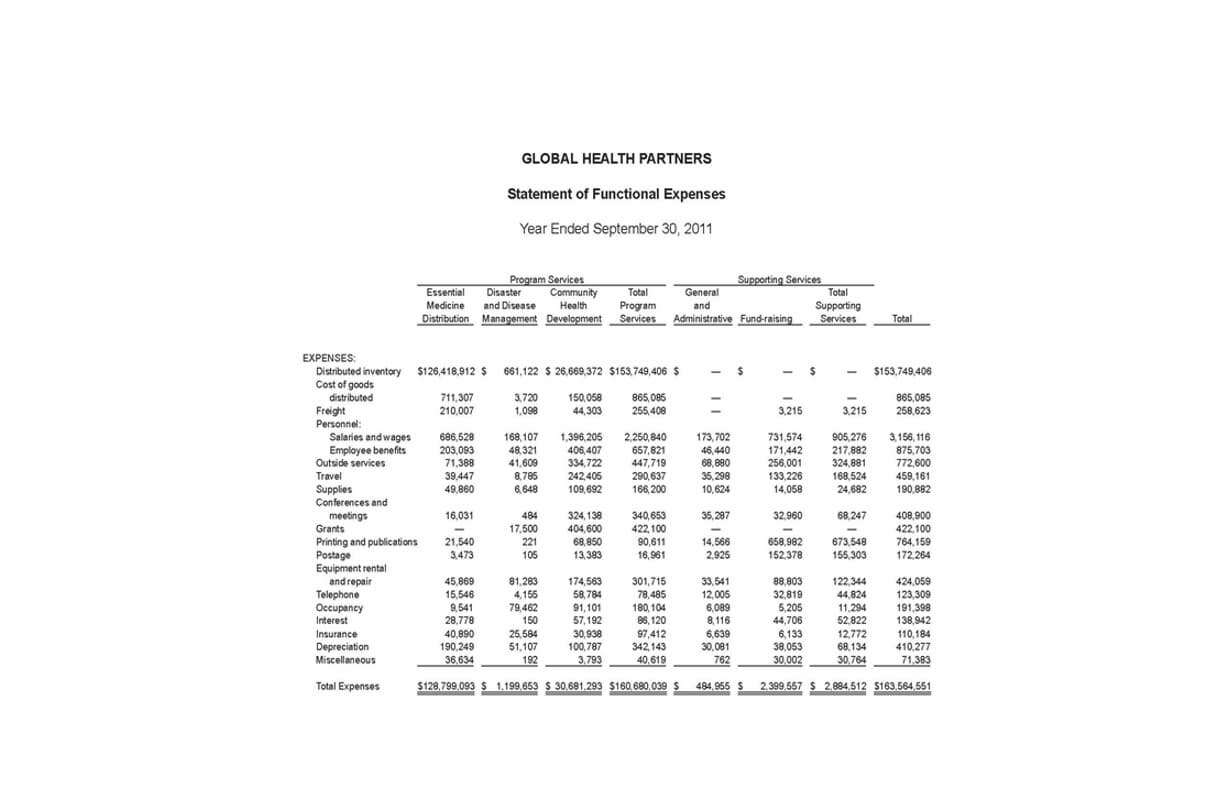
Instant account verification uses an API to directly connect to a user’s bank accounts to verify the account is active and in good standing. This allows companies to set up frictionless ACH payments in seconds, rather than hoping users enter the information correctly and waiting for ACH return codes to indicate an issue. Customer-initiated return codes are sent when the customer takes action to cancel or revoke an ACH transaction from their account. Depending on the reason for the return, customers may have up to 60 days from settlement to refute an ACH payment. When a client or customer causes an ACH return, they will be charged anywhere from $2 to $5 in response to the return. This fee is similar to the cost that comes with a bounced Accounting For Architects check, so ACH payments can bounce.
As ACH usage increases, understanding ACH returns is critical

This percentage is calculated based on ACH debit returns for the preceding 60 days and includes all return reason codes. Given that ACH Returns and Reversals are commonplace in Account-to-Account (A2A) payments, businesses must familiarize themselves with the applicable rules. Despite implementing multiple safeguards, the potential for errors, unavailability of funds, or account closures without prior knowledge remains. By understanding these key aspects of ACH payments, businesses can effectively navigate such scenarios and safeguard against potential financial losses. If ACH payments are returned, you—as the merchant or provider—don’t receive the money you need for your product or service.
- That’s why it’s better to keep an eye on return notifications and make sure that you have the necessary measures in place to prevent transaction failures.
- With most ACH returns having a turnaround time of two days, these disputes must be handled efficiently.
- An ODFI is a financial institution that delivers ACH debit and credit requests to its ACH operator.
- This fee involves the charge related to ACH credits, or the payments made by a business to an employee, vendor, or third party.
- For help with ACH functionality specific to Ramp, visit Ramp Support for more details.
How to Prevent ACH Return Charges
- These percentages are notably larger than the practical percentages of returns, so managing this aspect of compliance shouldn’t be challenging.
- As you can see, some of the return codes apply to all SEC codes, while others are specific to certain types.
- Knowing how to deal with ACH returns not only keeps your payment process running smoothly but also builds trust with your customers.
- Accept payments online, in person, and around the world with a payments solution built for any business – from scaling startups to global enterprises.
But one down side is that like physical checks, ACH payments can get rejected. These rejections can stem from reasons like insufficient funds, revoked authorization, or invalid account numbers. Knowing how to deal with ACH returns not only keeps your payment process running smoothly but also builds trust with your customers. ACH return charges are fees businesses pay when an ACH return occurs.
Best Practices for Merchants to Handle ACH Returns
- In the case of an ACH return, the requested ACH transaction is not completed or is completed and later reversed.
- This includes adhering to Nacha’s specific guidelines, and notifying your customer in advance of any changes to the payment schedule, range or payment amount.
- Returns must follow the time frame as set forth in the Rules & Regulations by Nacha.
- If the request can’t be fulfilled, the RDFI sends the funds back with a return code explaining the issue.
- Any delays in cash flow can dramatically affect your relationships with other vendors and your ability to serve your customers.
Automated clearing house fees include account, processing, and other related fees. The following information gives you more details on these three primary expenses for ACH transfers and where they come from. To transact an ACH transfer, you need to provide your name, personal or business bank account type, payment amount, and bank routing and account numbers. Because this ach return charge information is utilized for the transaction, ACH transfers are safer than other payment types.

ACH Returns must be sent within time frames established by Nacha operating rules. ACH returns and ACH reversals serve different purposes and follow different processes. Handle all domestic and global vendor payments on a single platform—by check, card, ACH, or international wire. BankersHub provides the largest online education library in financial services.
How long does it take for an ACH return to process?

ACH Debit Return Charges can quickly add up, impacting your financial life. It’s essential to be aware of these charges adjusting entries to avoid unnecessary expenses. Repeated instances of ACH returns may lead to more severe consequences, including freezing your bank account. Transactions usually go through smoothly, but a small mistake can lead to penalties, affecting your account. From common overdraft fees to less-known money transfer charges, these small fees can add up over time. One such confusing fee is the ACH Debit Return Charge for electronic payments.

Common causes of ACH returns

Return codes will rarely give you the full story, which is why they’re only a prompt for further investigation. Keeping lines of communication open with your customers can reduce avoidable ACH returns. This is particularly relevant to avoid ACH returns for inactive bank accounts, claims of unauthorized payment or insufficient funds.
The RDFI (the customer’s bank) can request proof of authorization before they claim whether or not the transaction was truly unauthorized. If the evidence is not satisfactory, the RDFI will initiate a return to recover the customer’s funds. You should be aware that a consumer has the right to request a return as an unauthorized ACH payment within 60 days from the transaction date.
Get enterprise-wide continuing education, regulatory compliance training, upskilling, and banking certifications in one place. Danielle is a fintech industry writer who covers topics related to payments, identity verification, lending, and more. She’s been writing about tech for over a decade and is passionate about the impact of tech on everyday life.